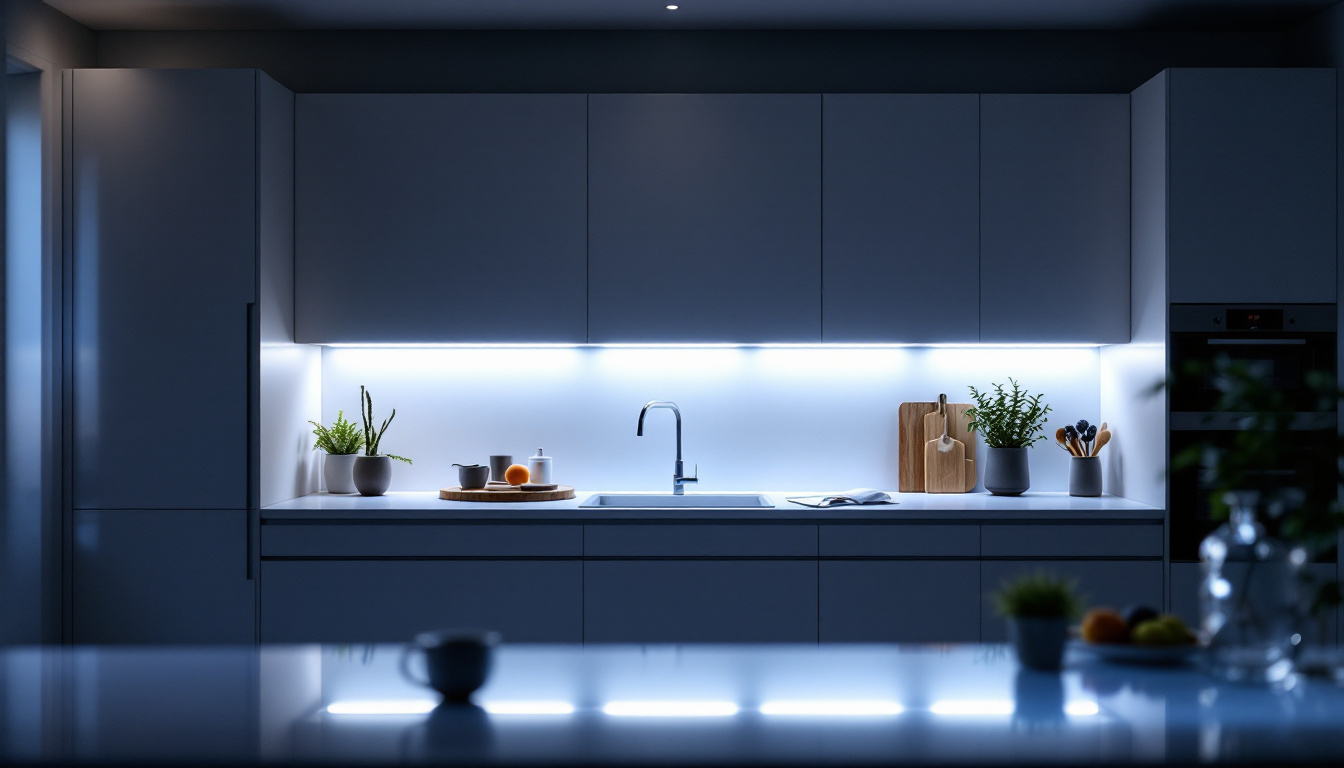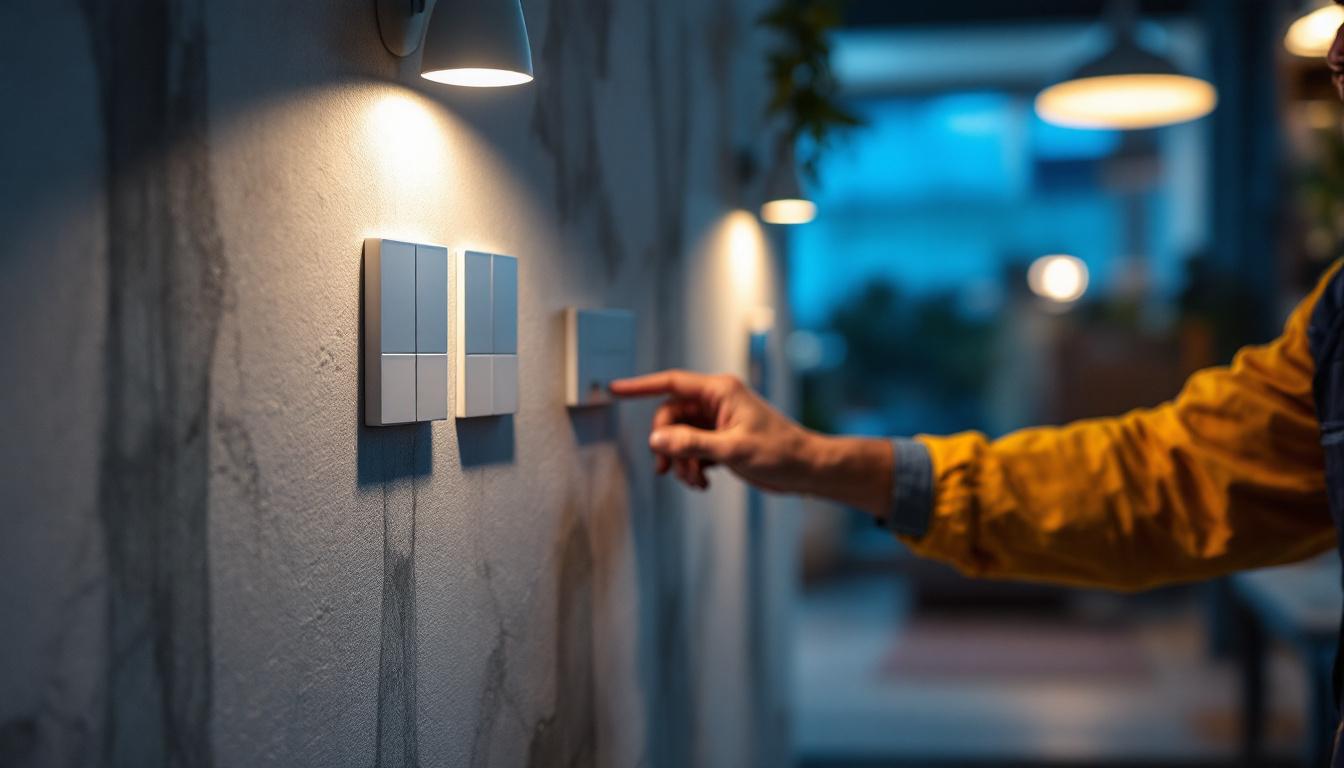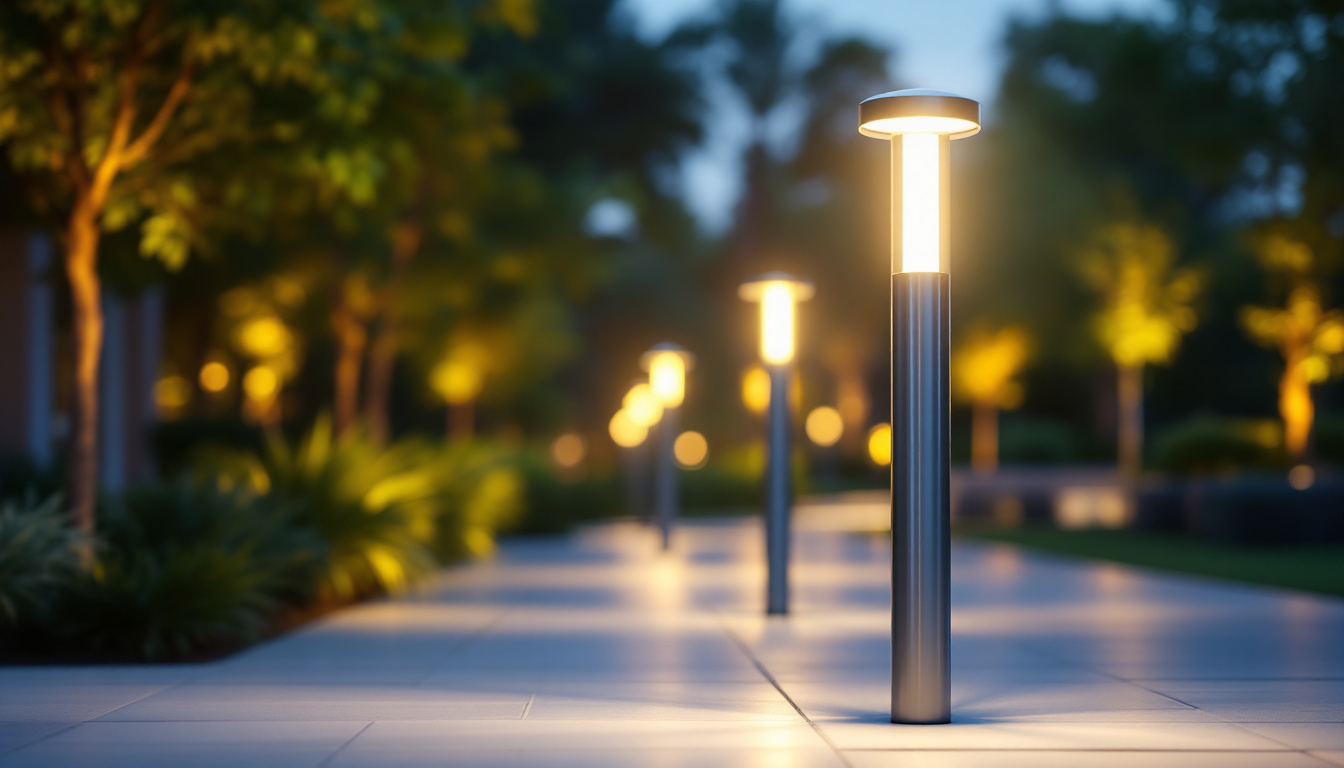
Under shelf lighting is an essential aspect of modern interior design that enhances both aesthetics and functionality. For lighting contractors, understanding the nuances of under shelf lighting can significantly impact project outcomes and client satisfaction. This article delves into the critical elements that every lighting contractor should know about under shelf lighting, covering design considerations, installation techniques, and the latest trends.
Under shelf lighting refers to the illumination installed beneath shelves, cabinets, or other horizontal surfaces. This type of lighting serves multiple purposes, including enhancing visibility, creating ambiance, and highlighting decorative items. It is commonly used in kitchens, living rooms, and retail spaces, making it a versatile choice for various applications.
As a lighting contractor, recognizing the importance of under shelf lighting can elevate the quality of your projects. Not only does it improve functionality by providing targeted light where it is needed most, but it also adds a layer of sophistication to the overall design. Clients often appreciate the subtle elegance that under shelf lighting brings to their spaces. Furthermore, the strategic placement of lighting can draw attention to architectural features or artwork, allowing homeowners to showcase their personal style while ensuring that the space remains practical and usable.
There are several advantages to incorporating under shelf lighting into a design. Firstly, it enhances visibility in areas where tasks are performed, such as kitchens or workspaces. Proper illumination can reduce eye strain and increase productivity, making it a practical choice for homeowners and businesses alike. In addition to improving functionality, under shelf lighting can also serve as a safety feature, illuminating dark corners and preventing accidents in high-traffic areas.
Secondly, under shelf lighting can create a warm and inviting atmosphere. By casting a soft glow, it can transform a room’s ambiance, making it feel more welcoming. This is particularly beneficial in retail environments, where creating an inviting space can encourage customers to linger and explore. The right lighting can evoke emotions and set the mood, making it a powerful tool in both residential and commercial design. For instance, in a home setting, warm white lights can foster relaxation, while cooler tones may energize a workspace, allowing for a dynamic and adaptable environment.
When considering under shelf lighting, contractors should be familiar with the various types available. LED strip lights are popular due to their energy efficiency and versatility. They come in various colors and can be easily cut to fit different shelf sizes, making them ideal for custom installations. Moreover, many LED strips offer dimming capabilities, allowing users to adjust the brightness according to their preferences or specific activities.
Another option is puck lights, which provide a more focused beam of light. These are often used to highlight specific items on display, such as collectibles or decorative pieces. Additionally, tape lights offer a low-profile solution that can be adhered directly to the underside of shelves, providing seamless illumination without the bulk of traditional fixtures. Beyond these, smart lighting options are emerging as a popular choice, allowing users to control their under shelf lighting through mobile apps or voice commands, integrating seamlessly into modern smart home systems. This not only enhances convenience but also allows for creative lighting scenarios that can be tailored to suit any occasion or mood.
Design plays a crucial role in the effectiveness of under shelf lighting. Lighting contractors must consider several factors to ensure that the lighting complements the overall aesthetic of the space.
One of the primary considerations is the color temperature of the light. Warmer tones (around 2700K to 3000K) create a cozy atmosphere, while cooler tones (4000K and above) offer a more modern and clinical feel. The choice of color temperature can significantly influence the mood of the room, so it is essential to align it with the client’s vision. Additionally, the color rendering index (CRI) is another important metric to consider; a higher CRI (above 90) ensures that colors appear true and vibrant, which is particularly beneficial in spaces like kitchens and craft areas where accurate color perception is crucial.
Proper placement and spacing of under shelf lighting are vital for achieving optimal results. Lights should be positioned to minimize shadows and provide even illumination across the entire shelf. A common guideline is to install lights approximately 2 to 4 inches from the front edge of the shelf. This positioning helps to distribute light evenly while reducing glare. Furthermore, the type of shelf material can also affect light distribution; reflective surfaces may require adjustments in placement to avoid hotspots and ensure a soft, diffused glow.
Spacing between fixtures is another critical factor. For LED strip lights, a general rule of thumb is to space them every 24 inches for uniform light distribution. However, this may vary depending on the brightness of the LEDs and the specific application. Contractors should assess each project individually to determine the best spacing for the desired effect. In addition, considering the height of the shelves and the intended use of the space can help in deciding whether to use continuous lighting or strategically placed fixtures for a more dynamic look.
Incorporating dimmer controls into under shelf lighting can enhance functionality and allow clients to adjust the brightness according to their needs. Dimming capabilities can create different moods and adapt the lighting for various activities, from cooking to entertaining. For instance, a dimmed light can create a warm ambiance for a dinner party, while brighter settings can be ideal for meal prep or reading recipes.
Moreover, the integration of smart technology is becoming increasingly popular. Smart lighting systems can be controlled via mobile apps or voice commands, allowing users to customize their lighting experience effortlessly. These systems often come with features such as scheduling, where lights can be programmed to turn on or off at specific times, enhancing energy efficiency. Contractors should stay informed about the latest smart lighting options to offer clients innovative solutions that enhance convenience and efficiency. Additionally, some smart systems allow for color-changing capabilities, enabling users to set the mood with a simple tap or voice command, further expanding the creative potential of under shelf lighting designs.
Proper installation is crucial for the longevity and effectiveness of under shelf lighting. Lighting contractors must be familiar with various installation techniques to ensure that the lights are securely mounted and function correctly.
Before installation, it is essential to plan the layout carefully. This includes determining the power source, selecting the appropriate fixtures, and ensuring that all necessary tools and materials are on hand. Proper planning can prevent delays and ensure a smooth installation process.
When installing under shelf lighting, contractors must consider the wiring and power supply. For hardwired systems, it is essential to follow local electrical codes to ensure safety and compliance. This may involve running wires through walls or ceilings and connecting them to a dedicated circuit.
For plug-in systems, ensuring access to an electrical outlet is crucial. Contractors should also consider using power strips with built-in surge protection to safeguard the lighting fixtures. This is particularly important in areas where moisture may be present, such as kitchens or bathrooms.
There are several mounting methods for under shelf lighting, and the choice will depend on the type of fixture being used. Adhesive strips are common for LED tape lights, providing a simple and clean installation. However, for puck lights or more substantial fixtures, screws or brackets may be necessary to ensure stability.
It is also essential to consider the aesthetic impact of the mounting method. For instance, using concealed mounting hardware can create a seamless look, while visible screws may detract from the overall design. Contractors should choose the method that best aligns with the client’s preferences and the project’s design goals.
Staying updated on the latest trends in under shelf lighting can provide contractors with a competitive edge. As technology and design preferences evolve, new opportunities arise for innovative lighting solutions.
One notable trend is the use of color-changing LED lights. These fixtures allow users to alter the color of the light to suit their mood or the occasion. Whether it’s a warm glow for a cozy dinner or vibrant colors for a party, these lights offer versatility that appeals to a wide range of clients.
With growing awareness of environmental issues, many clients are seeking eco-friendly lighting solutions. LED lights are already a popular choice due to their energy efficiency, but contractors can further enhance their offerings by incorporating fixtures made from sustainable materials or those that are easily recyclable.
Additionally, promoting energy-efficient practices, such as using timers or motion sensors, can appeal to environmentally conscious clients. These features not only reduce energy consumption but also extend the lifespan of the lighting fixtures.
Under shelf lighting is increasingly being integrated into overall interior design schemes. Designers are recognizing the importance of lighting as a key element in creating cohesive spaces. Contractors should collaborate closely with designers to ensure that the lighting complements the overall aesthetic.
This may involve selecting fixtures that match the style of the furniture or architectural elements in the room. For example, sleek, modern fixtures may be appropriate for contemporary spaces, while more ornate designs may suit traditional settings. Understanding the interplay between lighting and design can lead to more successful project outcomes.
Under shelf lighting is a vital component of modern interior design that offers both functional and aesthetic benefits. For lighting contractors, mastering the intricacies of this type of lighting can enhance project quality and client satisfaction. By understanding the various types of fixtures, design considerations, installation techniques, and current trends, contractors can position themselves as experts in the field.
As the demand for innovative lighting solutions continues to grow, staying informed and adaptable will be key to success. Embracing new technologies, eco-friendly practices, and design trends will not only satisfy clients but also set contractors apart in a competitive market. With the right knowledge and skills, under shelf lighting can become a signature element in every project, illuminating spaces and enhancing experiences.
Ready to take your under shelf lighting projects to the next level? At LumenWholesale, we provide lighting contractors with exceptional, spec-grade lighting products at prices that can’t be beaten. Say goodbye to local distributor markups and hello to a vast selection of industry-standard lighting solutions that will make your work shine. With free shipping on bulk orders, you can trust that you’re getting premium quality without any hidden costs. Elevate your lighting game with the unbeatable value and convenience of Wholesale Lighting at the Best Value from LumenWholesale.

Discover the essential facts about LED under cabinet kitchen lights from lighting contractors.

Discover how switches in the USA can boost your lighting business profits.

Discover essential insights into outdoor house lighting that every contractor should know.

Explore the transformative journey of LED outdoor post lights in the lighting industry.